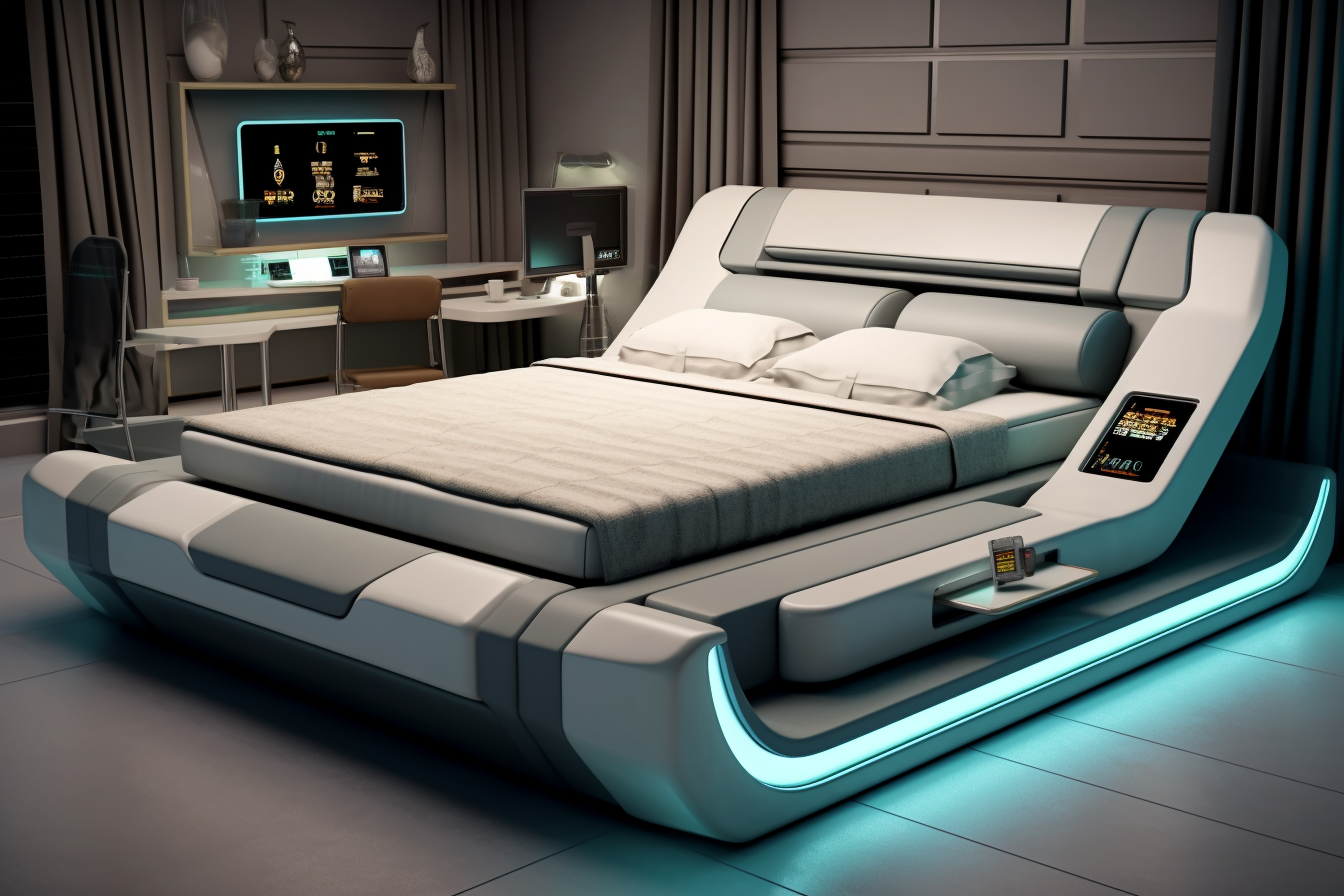Incorporating Natural Elements to Boost Focus and Wellbeing
Bringing natural elements into a remote workspace can improve focus, reduce stress, and support overall wellbeing. This article outlines practical strategies—from biophilic touches to lighting, acoustics, ergonomics, and organization—to create a balanced work environment that supports productivity and comfort.

Creating a remote workspace that supports both productivity and wellbeing means more than choosing a desk and chair. Thoughtful integration of natural elements—plants, natural light, tactile materials, and deliberate layout choices—can reduce cognitive load, improve mood, and make scheduling work blocks easier to sustain. This article examines practical ways to introduce biophilia and related design choices while addressing ergonomics, lighting, acoustics, furniture, connectivity, storage, zoning, cabling, and organization to help you focus and feel better throughout the day.
remote workspace: what to consider
A successful remote setup balances function and comfort. Start by assessing how you move through the day: when you need intense focus versus times for collaboration or calls. Zoning the room—separating a primary workstation from a casual seating area or camera-friendly background—helps signal different modes of work to your brain. Consider connectivity needs early: locate the desk where cabling runs are manageable or where wifi and wired connections are strongest. Thoughtful placement minimizes distractions and supports sustained productivity.
ergonomics and furniture choices
Ergonomics affects comfort and the ability to concentrate. Choose adjustable furniture—a sit-stand desk or an ergonomic chair—to reduce strain and encourage micro-movement. Position monitors at eye level, keep frequently used items within arm’s reach, and use proper keyboard and mouse placement to protect posture. Integrating natural materials like wood or woven textiles can make furniture feel warmer and more inviting, reinforcing a calm environment that supports longer focus sessions without increasing fatigue.
lighting for focus and wellbeing
Natural light is a key natural element: position your desk near windows when possible to benefit from daylight rhythms. Complement daylight with layered artificial lighting—task lights for focused work and softer ambient lighting for breaks. Avoid harsh overhead glare on screens; use blinds or diffusers to control brightness. Consider color temperature: cooler, neutral tones support alertness during daytime work, while warmer tones can ease transitions toward off-hours. Good lighting supports circadian cues, which can improve alertness and wellbeing.
acoustics: managing sound naturally
Sound influences concentration and stress. Use soft materials—rugs, curtains, upholstered furniture—to absorb reverberation and reduce sharp noises. Plants also help deflect and dampen sound when grouped strategically. For predictable noise, such as HVAC or street sounds, consider sound-masking solutions like low-level ambient noise or noise-cancelling headphones. Zoning a workspace away from noisy areas and planning scheduling of focused work during quieter times can also improve overall concentration.
organization, storage, and cabling
Clutter competes for attention. Implement simple storage solutions—shelving, closed cabinets, and labeled bins—to keep the immediate desk area clear. Route cabling along baseboards or use cable trays to minimize visual distraction and tripping hazards; hiding cables behind furniture maintains a cleaner look and reduces stress. Effective organization supports quick transitions between tasks, helps maintain a predictable routine, and preserves mental energy for work that requires deep focus.
biophilia and wellbeing strategies
Incorporating plants, natural textures, and views of nature supports psychological wellbeing and can increase perceived air quality. Even small potted plants on a desk or a larger floor plant near the workspace can make a measurable difference in mood and perceived comfort. Introduce tactile elements—wooden accessories, stone coasters, or woven baskets—to create sensory variety. Combine these touches with regular scheduling of breaks outdoors or near windows to recharge and sustain long-term productivity and mental clarity.
This article is for informational purposes only and should not be considered medical advice. Please consult a qualified healthcare professional for personalized guidance and treatment.
Designing a workspace that integrates natural elements is about layering small interventions—light, sound, greenery, ergonomics, and clear organization—so they work together rather than competing. By addressing zoning, furniture choice, cabling, storage, and connectivity early, you can build a remote environment that supports both focused work and personal wellbeing. Thoughtful routines and adjustments tailored to your daily schedule will preserve energy and help maintain consistent productivity over time.





